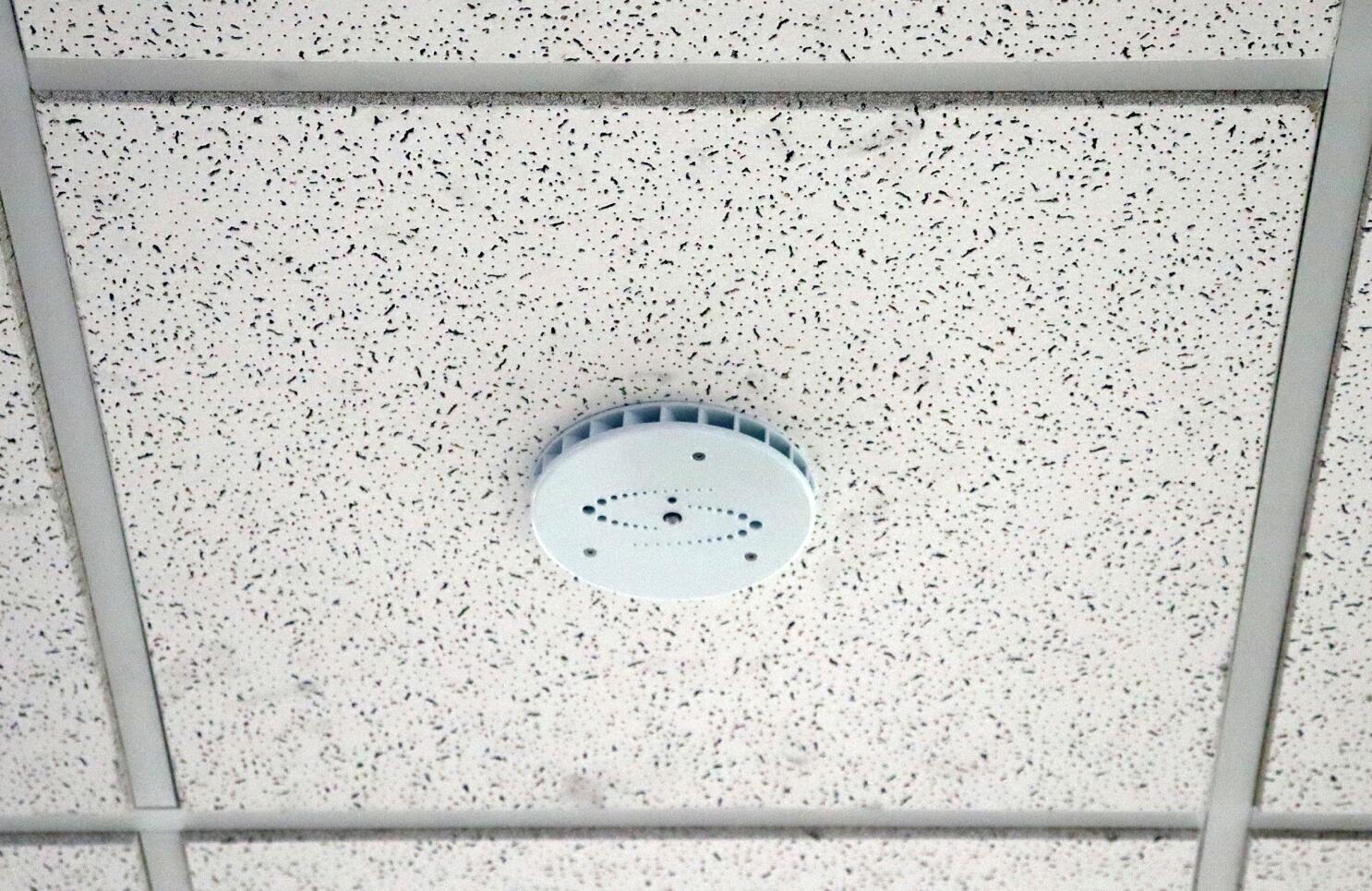In today’s digitally advanced era, vaping becomes a trending issue percolating through the societal fabric, especially among teenagers. It’s an unhealthy trend that alarms parents, schools, and organizations alike. To tackle this issue effectively, vape detectors have emerged as a potent tool. They are vanguards protecting our youth and promoting public health standards by promptly identifying, controlling, and reducing vaping instances. This article elucidates the important role of vape detectors for schools cost s in upholding public health.
Vape detectors are electronic devices that can track e-cigarette vapor. These detectors, when strategically installed in secluded areas like bathrooms or locker rooms in schools and offices, can help in detecting the illegal use of e-cigarettes. Few can sense elevated levels of humidity and noise level changes, further identifying potentially dangerous behaviors like smoking or bullying. These sensitive devices are applauded for their precision, quick-response system, and proactive attention to health-threatening activities.

The primary functioning of a vape detector involves identifying a specific chemical signature in the air that’s unique to vapes, distinguishing them from regular smoke, perfume or body odor. Once the device detects this signature, it triggers an alert system. These alerts typically consist of direct notifications via email or text to assigned officials or authorities, allowing them to apprehend the participants efficiently and timely, thereby reducing habitual use.
Statistics reveal an alarming increase in e-cigarette usage among school students, with a sharp increase in recent years. This stealthy, pervasive issue burdens both the educational milieu and the mental and physical health of our children. By using vape detectors proactively, schools are taking back control, establishing safer environments for students. They are drawing a line in the sand and providing immediate pushback against this deleterious trend.
Public opinion on vape detectors is largely favorable, acknowledging the pivotal role they play in combating this endemic issue. While there has been some backlash surrounding privacy concerns, the generalized viewpoint tilts toward prioritizing health over minor privacy intrusions. It’s deemed a necessary measure to suppress the rampant vaping culture, acknowledging that the benefits of employing such technology outweigh the perceived negatives.
Brandishing a tech-savvy weapon like a vape detector is an effective countermeasure against vaping, as vaping patterns have become increasingly discreet. Armed with the inherent capability of these detectors, officials are better equipped to enforce anti-vaping policies and stamp out illicit activities. Continuous advancements in this technology offer promising prospects for curbing the vaping epidemic, making way for a healthier future generation.
Ultimately, vape detectors are more than just gadgets; they’re sentinel beacons for responsible societal health and well-being. They challenge the emerging vape culture and implore a behavioral transformation, especially among adolescents. The consensus? These are valuable, efficient tools that underscore the importance of health, vigilance, and responsibility in our youth—the keystone to a healthier, thriving society.
